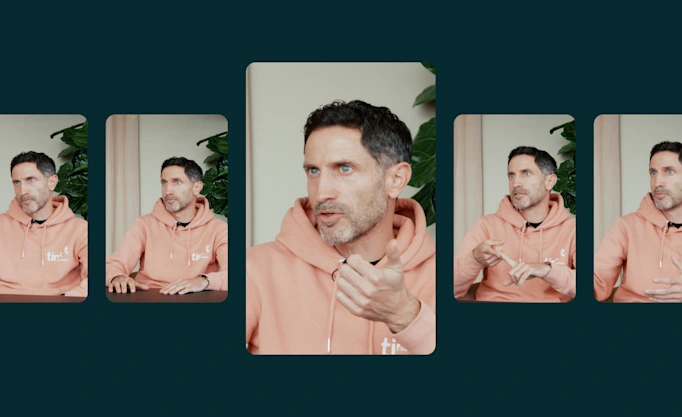Why European banks are investing in open banking

Earlier this year, we ventured once again into the minds of European bankers to get a glimpse into how their open banking strategies are shaping up. We’ve found that financial institutions are making significant investments towards their open banking initiatives. But what’s driving them? Or what’s standing in the way?
We surveyed 290 senior financial executives to understand how open banking investments are shaping up in Europe, and understand what’s motivating – or hindering – these investments.
‘Improving customer experience’ was the top driver, followed by ‘IT modernisation’ and ‘process optimisation’.
When it comes to barriers, ‘outdated IT infrastructure’ came out on top.
To get a better understanding of how open banking is shaking up the market in Europe, we surveyed 290 senior executives and financial industry decision-makers in the beginning of the year.
While we’ve found that there’s a growing positivity towards open banking in Europe, we also wanted to understand how this translates to concrete investments. And what is driving, or perhaps hindering, open banking investments across the continent.
What’s driving open banking investments
When asked to select the top 3 driving forces behind their open banking investments, ‘improving customer experience’ shot to the top, with 44.1% of the surveyed executives selecting it as a driver. ‘IT modernisation’ (at 38.6%) and ‘process optimisation’ (at 33.5%) were the runner-ups.

This indicates that, while open banking is recognised as an opportunity to improve operating margins, institutions understand that there’s a need to enhance their existing services and take a more customer-centric approach.
At the bottom of the list, ‘business model transformation’ is not a priority for most institutions, although already a quarter of respondents seem to regard open banking as an opportunity to transform their business.
What’s hindering open banking investments
When asked about what might be holding them back in terms of investments, the top pick was (perhaps unsurprisingly) ‘outdated IT infrastructure’ at 33.1%. This was followed closely by ‘more important business priorities’ and ‘regulatory restrictions’, both at just over 30%.

Legacy IT is a challenge faced by many financial institutions, who to a large extent still rely on traditional mainframe systems. This frequently results in compatibility issues that can get in the way of more ambitious innovation projects.
It’s interesting to see that ‘lack of understanding’ and ‘lack of buy-in’ feature at the bottom end of the chart. Lack of buy-in is typically one of the main challenges when it comes to technology investments, so this, paired with the positive shift in sentiment mentioned before shows senior executives in the industry see open banking as a very relevant opportunity.
The full facts and figures behind open banking investments
Want to dig deeper into our findings and learn just how much money European financial institutions are investing in their open banking efforts? Get the full scoop on open banking investments, KPIs and expected payback period in our full report:
More in Open banking

2025-06-09
11 min read
The case for “Pay by Bank” as a global term
Thomas Gmelch argues that "Pay by Bank" should be adopted as a standard term for open banking-powered account-to-account payments to reduce confusion, build trust, and boost adoption across the industry.
Read more

2025-06-02
3 min read
Tink joins Visa A2A – what it means for Pay by Bank and VRP
Visa A2A brings an enhanced framework to Pay by Bank and variable recurring payments (VRP) in the UK, and Tink is excited to be one of the first members of this new solution.
Read more

2024-11-19
12 min read
From authentication to authorisation: Navigating the changes with eIDAS 2.0
Discover how the eIDAS 2.0 regulation is set to transform digital identity and payment processes across the EU, promising seamless authentication, enhanced security, and a future where forgotten passwords and cumbersome paperwork are a thing of the past.
Read more
Get started with Tink
Contact our team to learn more about what we can help you build – or create an account to get started right away.
